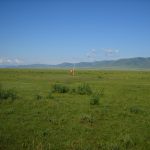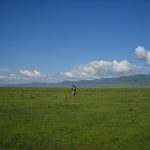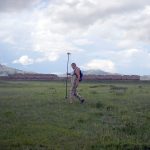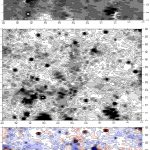Archaeological expedition in Mongolia
In August 2023 the archaeological expedition of the Institute of Archaeology named after A. Kh. Khalikov of the Tatarstan Academy of Sciences of began its archaeological works at the Biybulag settlement (Mongolia) within the framework of the State Program of the Republic of Tatarstan “Preservation of the national identity of the Tatar people”. The supervisors of the project are academician of the Tatarstan Academy of Sciences, Doctor of Historical Sciences A.G. Sitdikov, Doctor of Historical Sciences, leading research fellow of the Institute of History and Ethnology MAS G. Namdagiin.
The expedition is attended by employees of the Institute of Archaeology named after A. Kh. Khalikov of the Tatarstan Academy of Sciences, the Institute of History named after Sh. Marjani of the Tatarstan Academy of Sciences, Kazan (Volga region) Federal University, the Institute of History and Ethnography MAS and the Institute of History of Science and Technology of the Chinese Academy of Sciences.
The work of the archaeological expedition on the study the northern capital of the Uyghur Kaganate – Bai-Balyk (Biybulag settlement) continues the long-term research of Tatarstan archaeologists in Mongolia, which was started in 2017.
In 2023 the study of the settlement by geophysical methods (magnetometry) and the compilation of an orthophoto of the site area, as well as archaeological studies of one of the parts of the monument, that showed the presence of dwellings by past excavations, continued.
An important part of the investigations should be magnetometric studies of the burial sites of the Uygur kagans in the Mogoin-Sheene-Usu natural boundary, where the so-called Selenga stone with the epitaph to Bilge-Kagan Moyun-Chur is located. The results of this work should help to understand the structure of these monuments for future field research.
Already the first studies have shown the presence of not only a significant thickness of cultural layer full of ceramics and other household finds, but also interesting objects, promising for future research, revealed by the magnetometry during study of various sections of the monument.
Further scientific cooperation in the field of archaeological research was discussed with colleagues from China and a decision was made to conclude an agreement on scientific cooperation.






